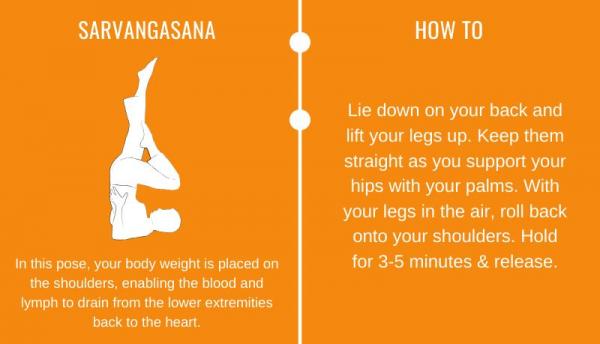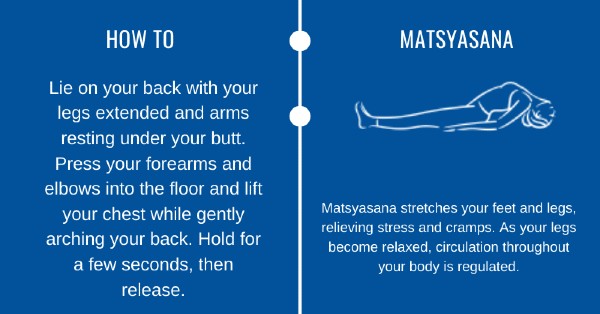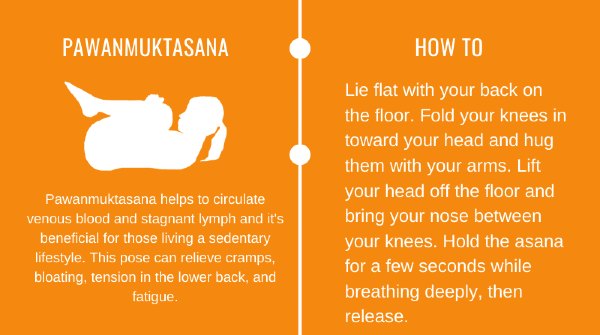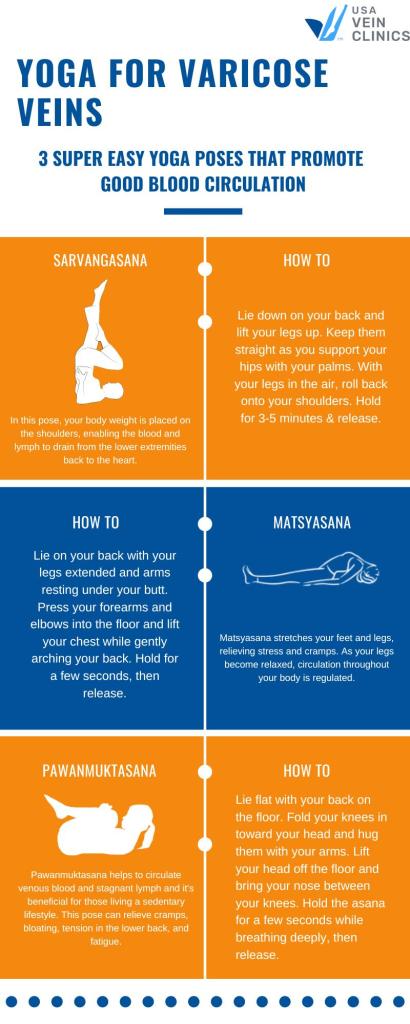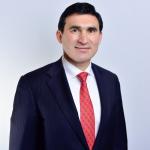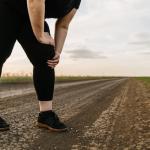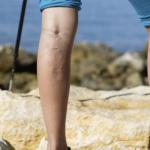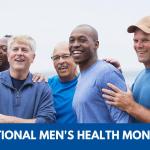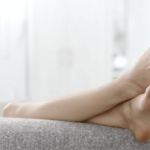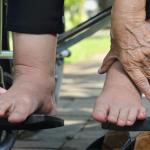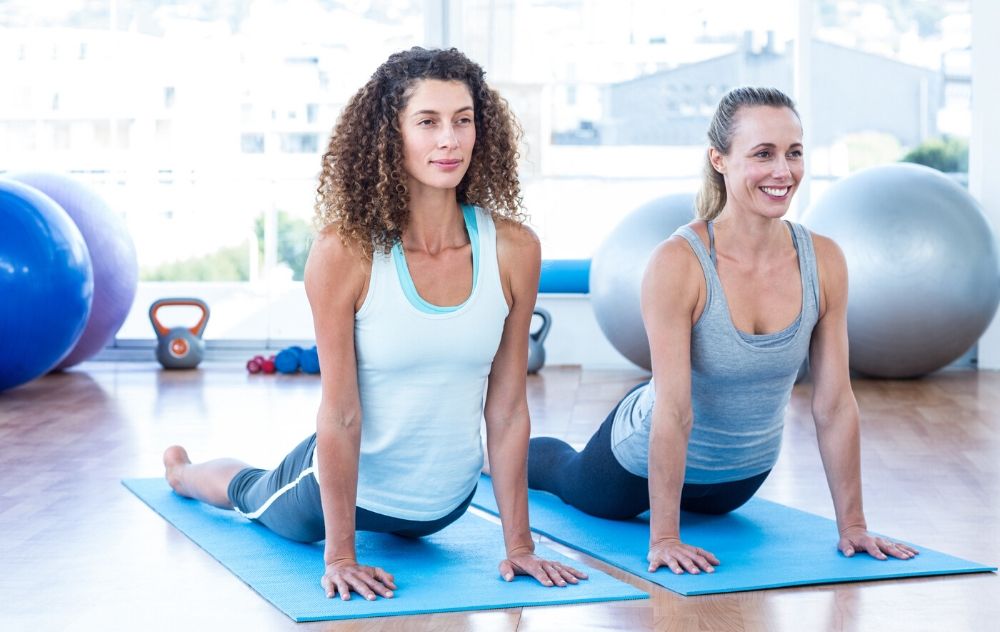
Staying active and keeping that blood circulation running smoothly through the body is crucial for vein health. Healthy veins require nutrition and exercise to prevent the walls from weakening and the blood supply from flowing backward. Over 40 million Americans suffer from vein disease. This common vein problem can lead to visible varicose veins, painful symptoms, and blood clots from venous ulcers. Risk factors for the condition include heredity, a sedentary lifestyle, hormones, and obesity. Exercise is important if you are at risk for venous insufficiency or vein disease. While you can’t prevent varicose veins completely, you can manage the symptoms in many ways. One natural method that offers other health benefits, such as mindfulness, stress relief, body flexibility, along with improved circulation, is yoga.
Yoga can also be a good exercise after varicose vein treatment. The slow, controlled movements of yoga can help improve circulation and reduce stress, which is important for varicose vein health. However, choosing poses that do not put too much pressure on the legs is important.
Yoga for Varicose Veins Help
Improve Circulation
A question that is often asked is can yoga help varicose veins? The 5,000-year-old yoga practice consists of poses, or asanas, designed to benefit the body. Asanas — specifically ones that elevate the legs — utilize gravity to promote circulation, which makes it easier for veins in the lower extremities to push blood back up to the heart. Yoga poses may also relieve pressure that builds up in the legs, helping to ease swelling and pain.
Yoga can help circulation in a number of ways, including:
- Increased blood flow. The slow, controlled movements of yoga help to increase blood flow throughout the body. This is because the muscles need more oxygen when stretched, so the heart has to work harder to pump blood. This increased blood flow can help improve circulation in all body parts.
- Reduced stress. Stress can lead to constricted blood vessels, which can impair circulation. Yoga can help to reduce stress by promoting relaxation and mindfulness. This can help to keep blood vessels relaxed and improve circulation.
- Improved flexibility. Tight muscles can put pressure on blood vessels, which can restrict circulation. Yoga can help to improve flexibility by stretching the muscles. This can help to relieve pressure on blood vessels and improve circulation.
- Inversions. Inversions are poses that reverse the flow of blood. This can help to improve circulation by forcing blood to flow against gravity. Some examples of inversions include Downward-Facing Dog, Headstands, and Shoulder Stands.
- Deep breathing. Deep breathing is an important part of yoga. When you breathe deeply, you oxygenate your blood and improve circulation.
If you’re looking for a holistic way to alleviate your symptoms, grab a mat and try these three beneficial yoga poses for varicose veins.
1. Sarvangasana
Also known as a supported shoulder stand, this asana involves a full-body inversion. In this pose, all your body weight is placed on the shoulders, enabling the blood and lymph to drain from the lower extremities to the heart. Using this pose regularly is an excellent yoga position for varicose veins in the legs because it reduces swelling.
How To Do It
Begin by lying down with your back on a yoga mat. Lift up your legs and keep them straight as you support your hips with your palms. Then, shift your body weight onto your shoulders and lift your upper body while your head and upper back remain on the floor. Hold the pose for three to five minutes and release.
2. Matsyasana
The fish pose is one of the best asanas in yoga for varicose veins because it works many systems at once. Matsyasana stretches your feet and legs, relieving stress and cramps. As your legs become relaxed, blood flow throughout your body is regulated.
How To Do
Lie on your back with your legs extended and arms resting along your body or under your backside. Press your forearms and elbows to the floor and lift your chest, gently arching your back so your head rests on your crown. You should feel the arch in the upper back and neck. Hold for a few seconds, then release.
3. Pawanmuktasana
Also known as wind relieving pose, this exercise helps to circulate venous blood and the stagnant lymph system. A sluggish lymphatic system can result in a lowered immune system, fluid retention, cellulite, and fatty deposits. It is especially beneficial for individuals who live a sedentary lifestyle. Pawanmuktasana also relieves cramps, bloating, tension in the lower back, and fatigue and may also help prevent deep vein thrombosis.
How To Do It
Start by lying flat with your back on the floor. Fold your knees in toward your head and hug them with your arms. Lift your head off the floor and bring your nose between your knees. Hold the asana for a few seconds while breathing deeply, then release.
Yoga Poses to Avoid With Varicose Veins
Not all exercises promote venous health. Certain strenuous yoga poses may put extra pressure on a large vein that carries deoxygenated blood into the heart and impede circulation. Prolonged posturing may also worsen venous reflux. Consider opting for low-impact yoga that involves smooth transitions. Do stretches instead of vigorous styles, such as Ashtanga and power yoga. To avoid causing further vein damage, designing the right sequence of moves when practicing yoga for varicose veins is essential.
Treating the Underlying Cause
Regular exercise and yoga help prevent varicose veins or temporarily relieve painful symptoms; however, they may not entirely prevent or resolve the condition. At USA Vein Clinics, we treat a number of vein issues with minimally invasive outpatient procedures, such as Endovenous Laser Treatment (EVLT), ClariVein, Varithena, and Ultrasound-Guided Sclerotherapy (USGS).
Our expert team of physicians will work with you to determine the best treatment possible for your veins. Contact one of our clinics today to get started with rebuilding a healthy venous network.
Medically Reviewed By:
Dr. Yan Katsnelson is a philanthropist, business owner, and highly skilled cardiac surgeon. He is the Founder and CEO of USA Vein Clinics, which is part of USA Clinics Group, the parent company of USA Fibroid Centers, USA Vascular Centers, and USA Oncology Centers, with more than 100 facilities nationwide. Dr. Yan has established himself as a strong advocate for accessibility and affordability of the most advanced medical care close to home. His mission is to create a positive experience for each patient with compassionate, personalized, and expert care.


